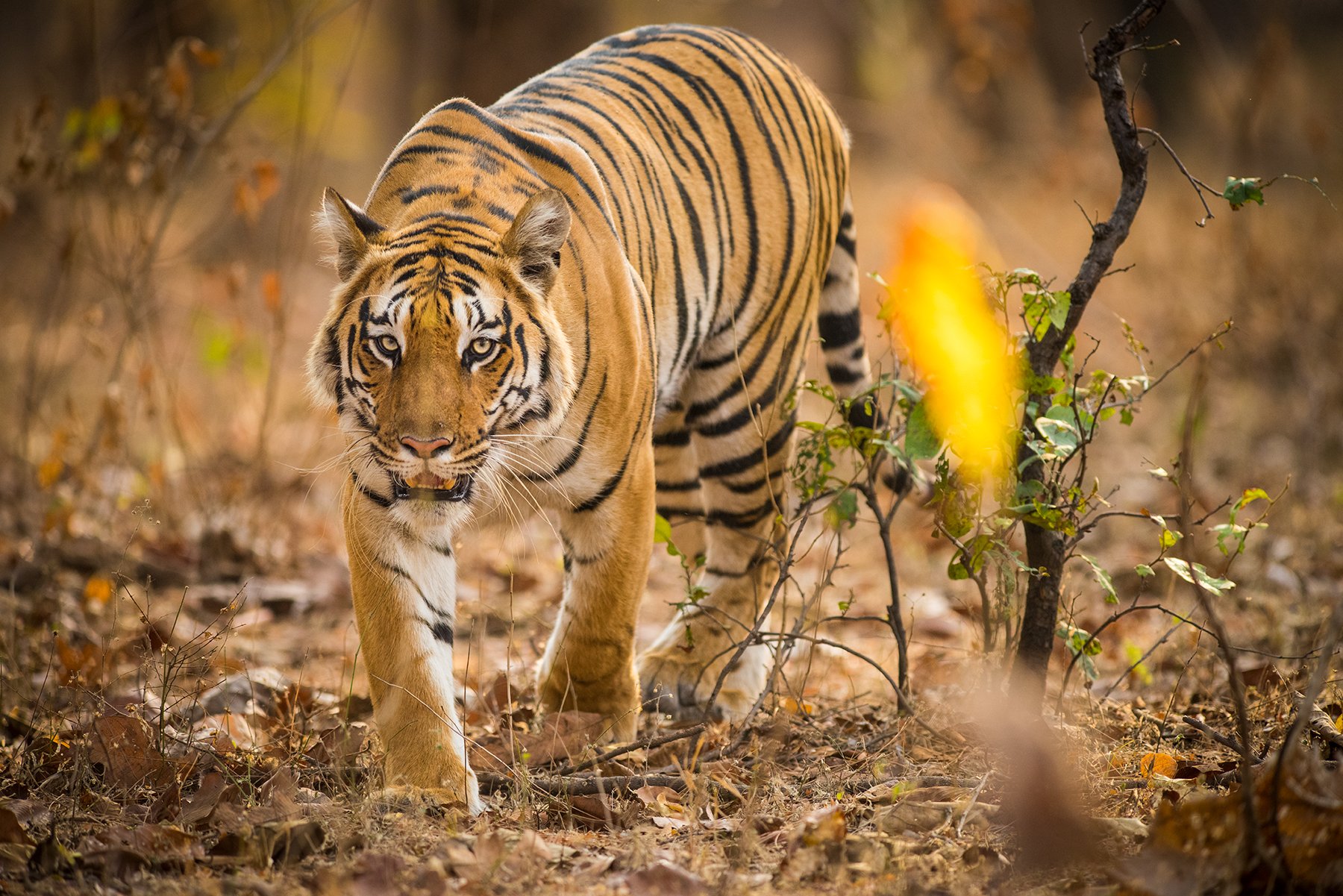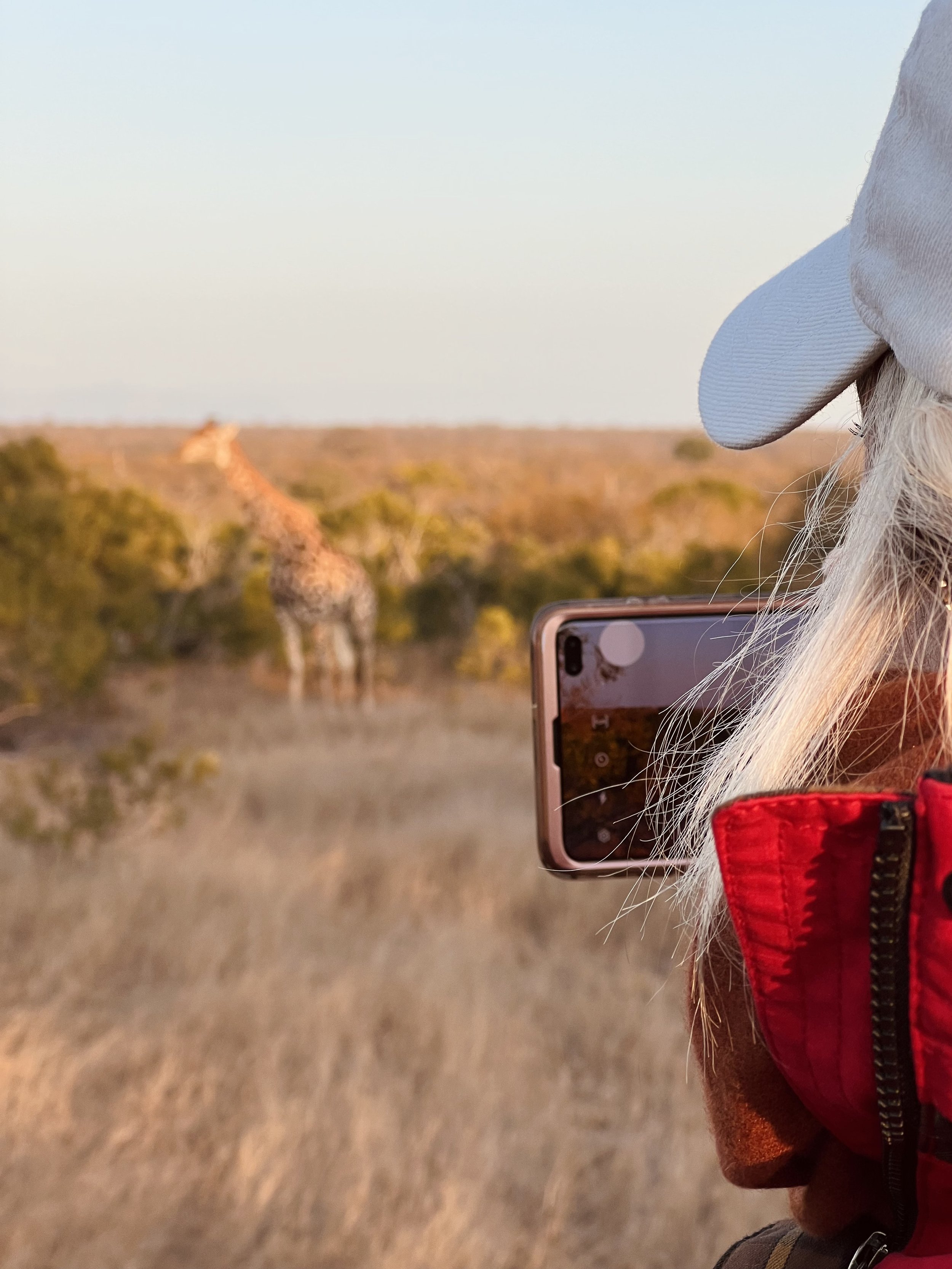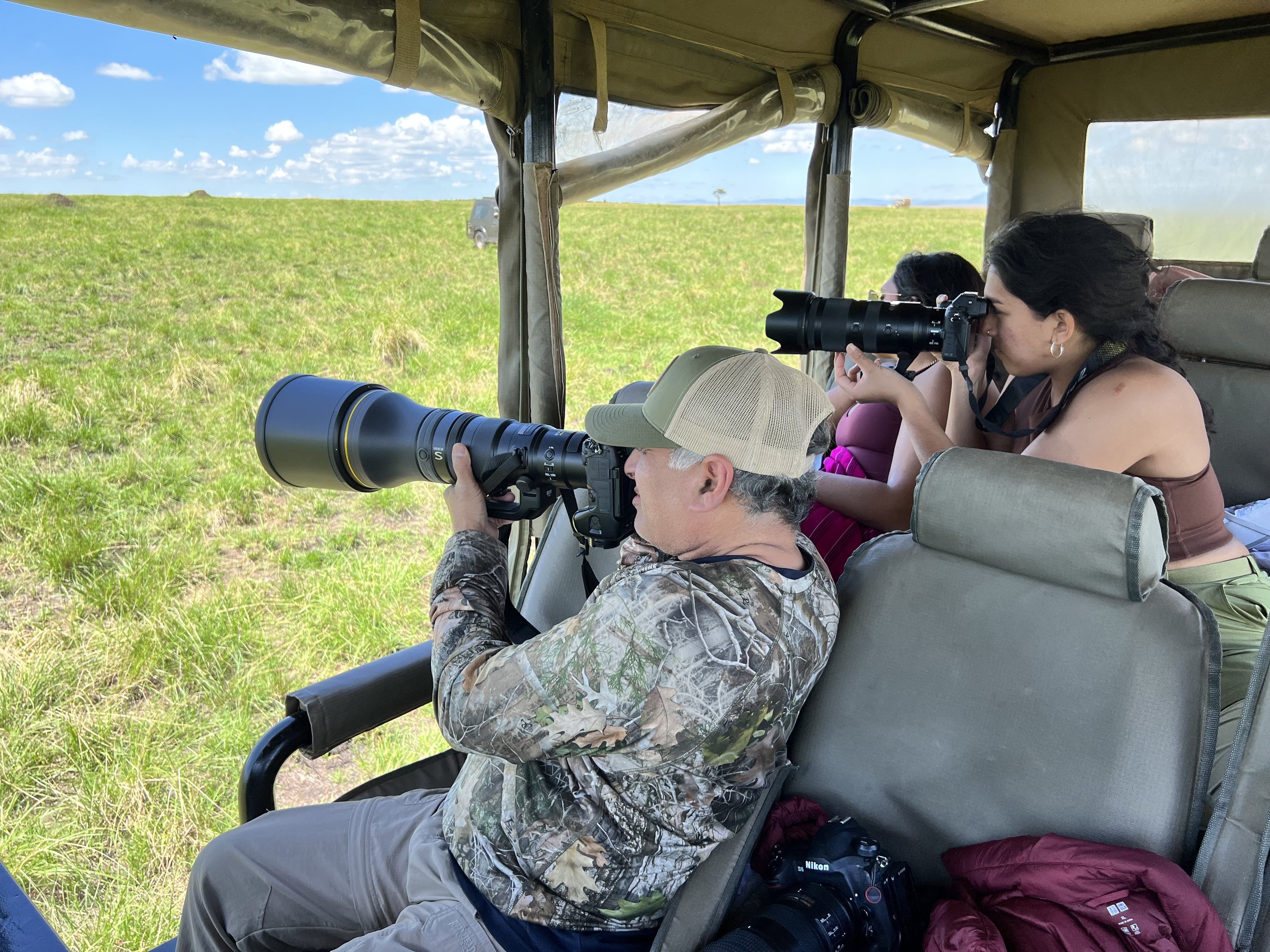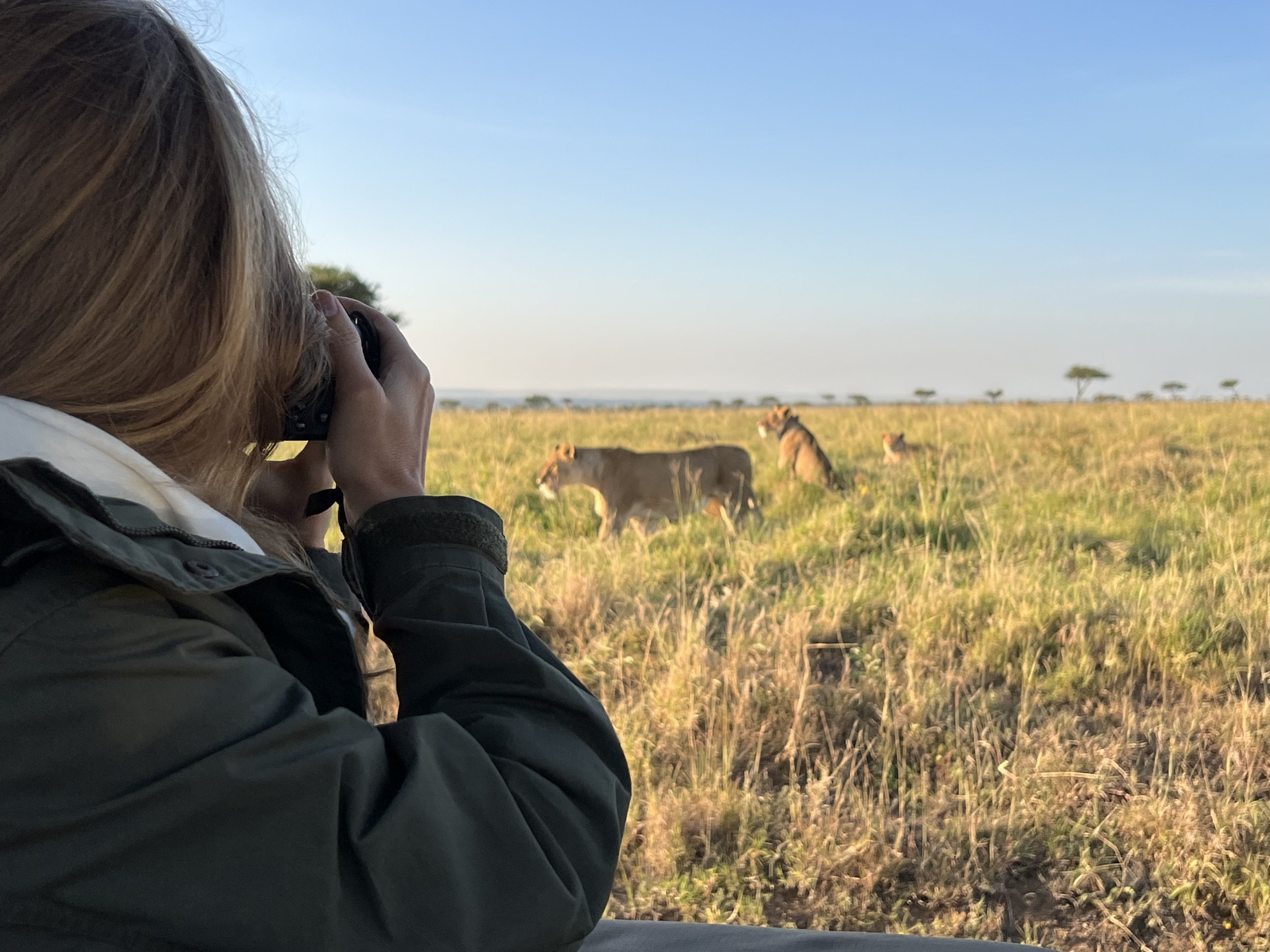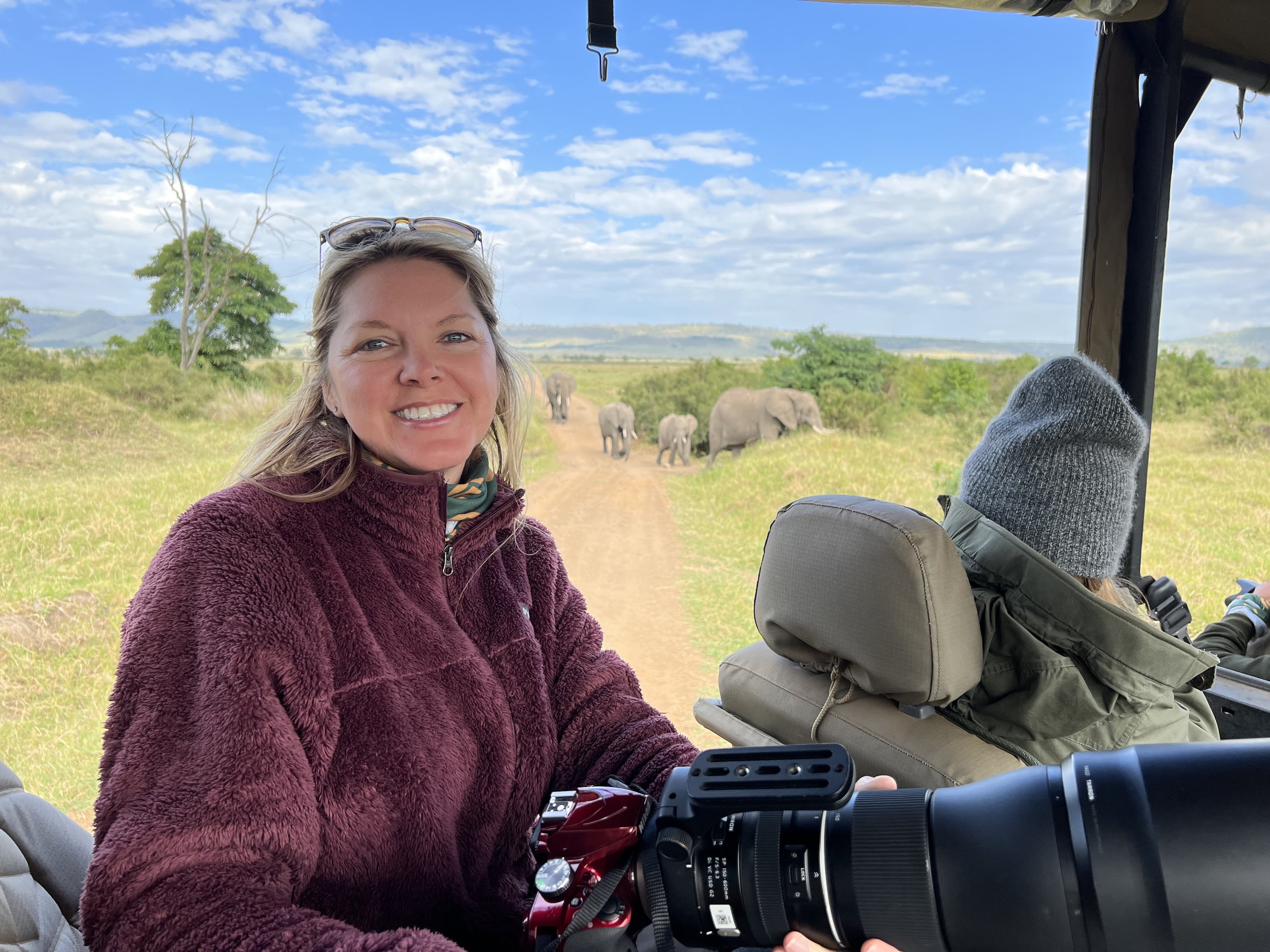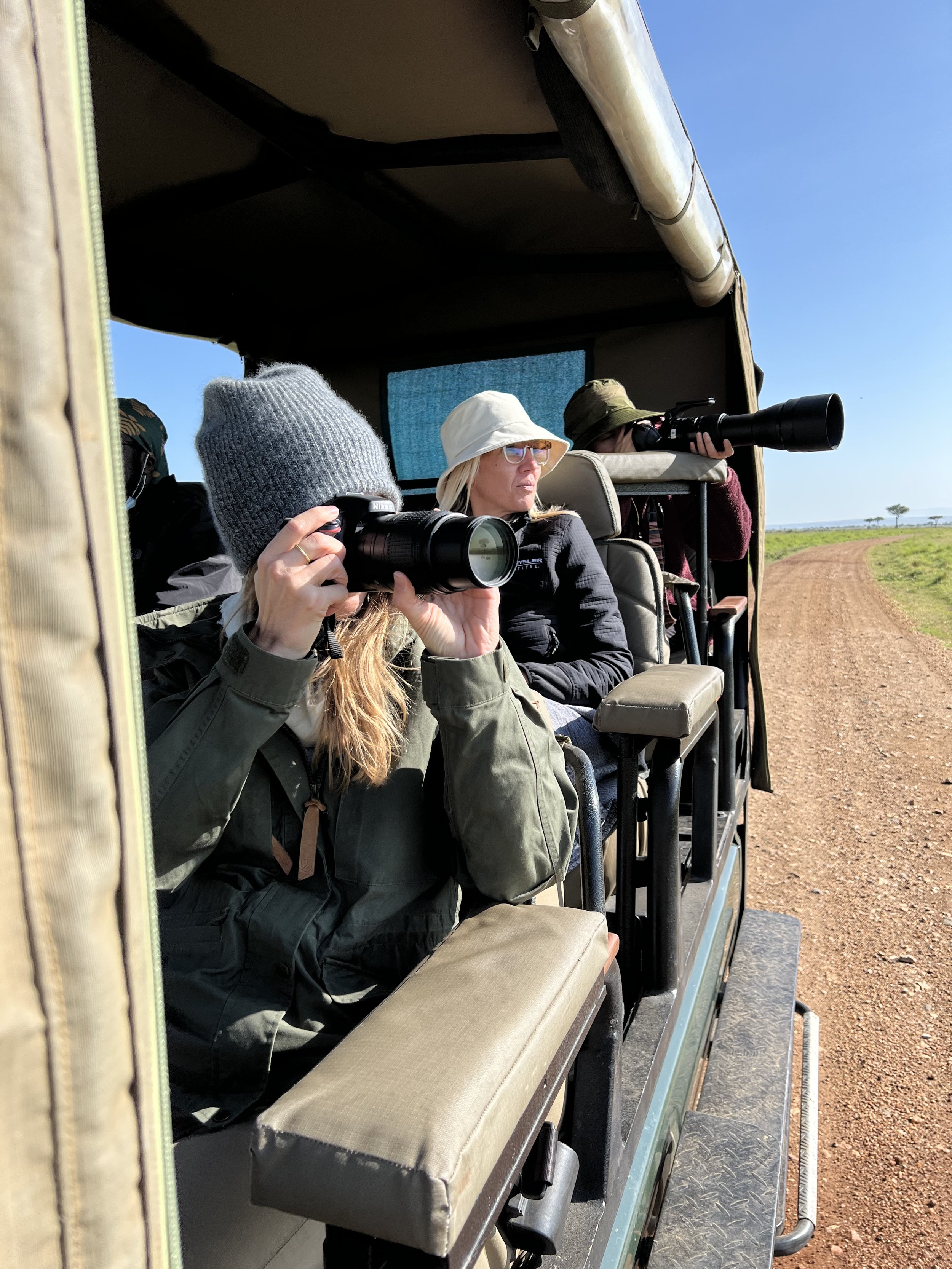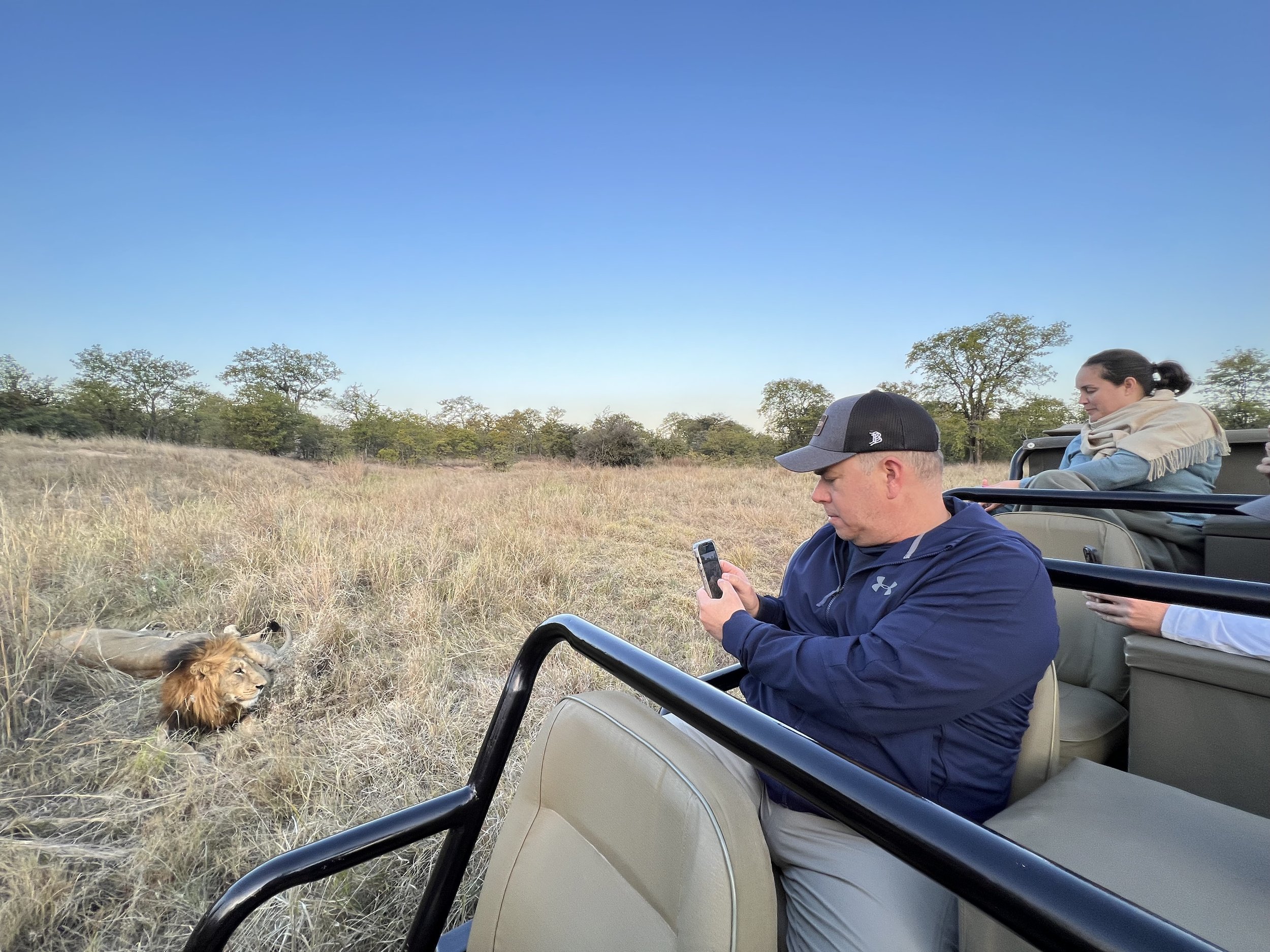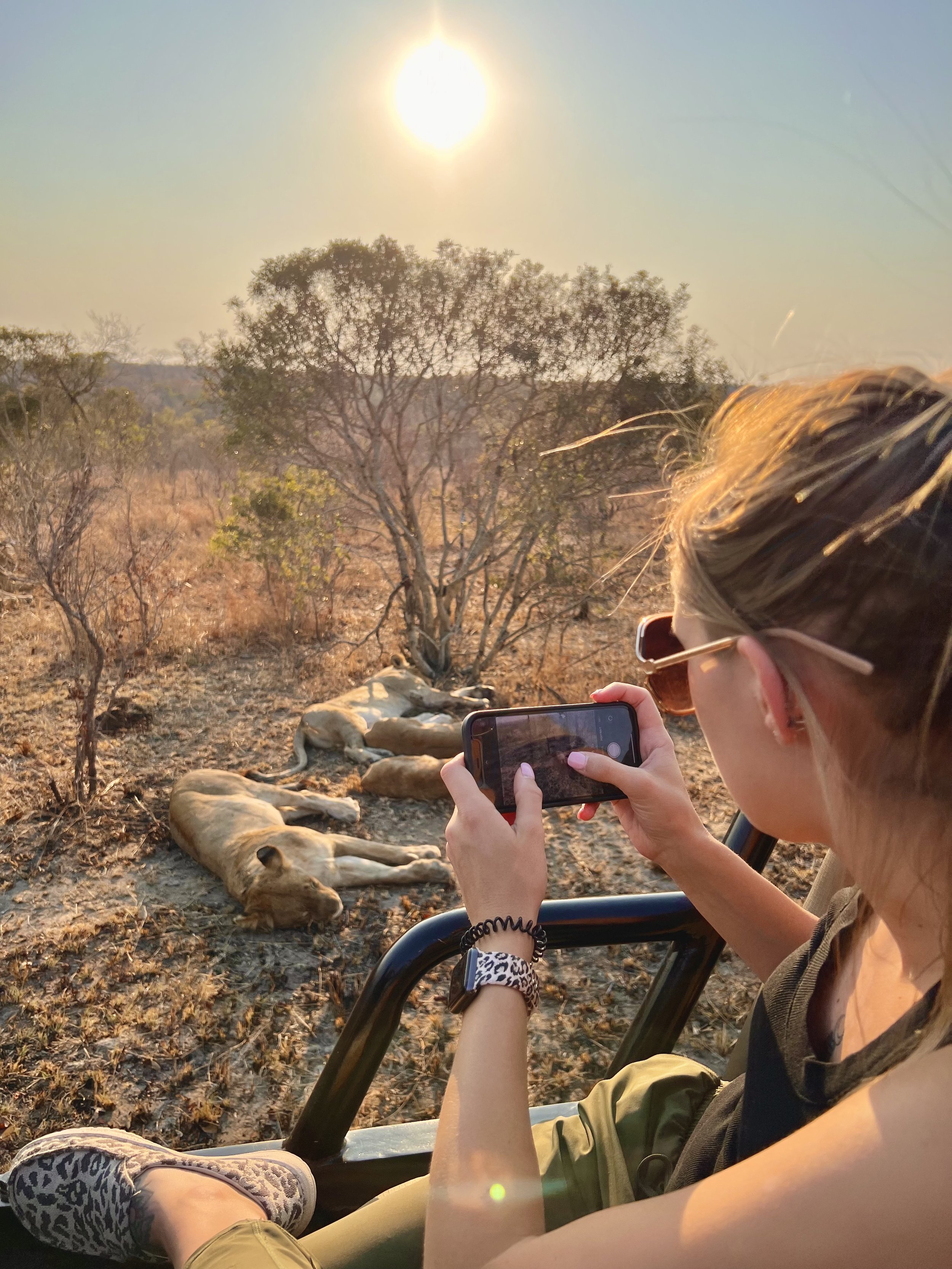Capture the Best Photographs While on Safari
Embarking on a photographic safari is a transformative experience that allows you to witness nature's incredible beauty up close and capture its essence through the lens. Wildlife photography presents a unique set of challenges and rewards, requiring patience, skill, and a deep connection with the natural world. Here we will guide you through a series of detailed and insightful steps to ensure you get the most out of your photographic safari, capturing breathtaking images that will tell stories for generations to come.
Here are some tips to help you capture the best wildlife photographs?
Research and Select the Perfect Destination:
The first step towards a successful photographic safari is researching and selecting the perfect destination. Consider factors like wildlife diversity, abundance, and accessibility. Look for destinations known for their rich biodiversity, this gives you the opportunity photograph diverse subject matter. Choose a location that aligns with your photography goals, whether it's capturing big cats in action or witnessing the annual wildebeest migration or photographing a winter wonderland like Yellowstone.
Plan for the Right Time
Timing is crucial in wildlife photography. Research the best time to visit your chosen destination, taking into account factors such as animal migration patterns, mating seasons, or unique events like the Great Migration. Consult local guides, wildlife photographers, or online resources to determine the optimal time for capturing memorable moments.
Invest in the Right Gear
Purchasing expensive camera is not essential to getting the most out of your photography (today’s smartphones are capable of astounding imagery), however, understanding your subject matter, and investing in the right gear for the type of images you want to create, is essential for wildlife photography. It’s always ideal have a DSLR or mirrorless camera with a telephoto lens (300mm or longer) to capture distant subjects. Additionally, pack extra batteries, memory cards, lens cleaning kit, and a comfortable camera bag to protect your equipment during the safari.
Familiarize Yourself with the Wildlife
Before setting off on your photographic safari, take the time to familiarize yourself with the wildlife you're likely to encounter. Learn about their behavior, preferred habitats, and key identifying features. This knowledge will help you anticipate their movements and capture more compelling images. Read books, watch documentaries, and follow wildlife photographers' blogs to deepen your understanding.
Practice Patience and Observation
Patience is a virtue when it comes to wildlife photography. Be prepared to spend hours observing and waiting for the perfect moment to capture that extraordinary shot. Develop your observational skills by watching animals in their natural habitat. Pay attention to their body language, interactions, and patterns of movement. This keen observation will allow you to anticipate and capture unique behaviors and fleeting moments.
Seek the Expertise of Local Guides
Engage the services of experienced local guides who have an intimate knowledge of the wildlife and their habitats. They can provide valuable insights, help you track animals, and take you to the best vantage points for photography. Their expertise will enhance your safari experience and increase your chances of capturing remarkable images.
Experiment with Different Techniques
Don't be afraid to experiment with different photography techniques to add variety to your images. Try panning to capture the sense of motion, use shallow depth of field to isolate subjects, or employ long exposure to capture the movement of animals at night. Play with composition, framing, and lighting to create visually striking photographs that evoke emotion.
Respect Wildlife and Their Habitat
As a responsible wildlife photographer, it is crucial to respect the animals and their habitat. Maintain a safe distance, never disturb or approach them for the sake of a photograph. Remember, you are a visitor in their world, and minimizing your impact ensures the preservation of their natural behaviors.
Embrace the Unexpected
While planning is important, be open to unexpected encounters and opportunities. Nature has a way of surprising us with magical moments that cannot be predicted or scripted. Stay flexible and adapt to changing circumstances. Embrace these unexpected moments and let them guide your lens to capture extraordinary photographs.
Patience
Nature has its own rhythm. When you’re patient… magic happens
Beyond
Its important to look beyond what’s in front of you and anticipate the next moment
Ask
When on safari with us, don’t be afraid to ask questions, this will help you learn new skills
Understanding basic camera settings is essential
When it comes to wildlife photography, camera settings play a crucial role in capturing stunning images. Here are some tips for camera settings that can help you in wildlife photography:
Shutter Speed:
Use a fast shutter speed to freeze the motion of the animals. Wildlife is often in constant motion, so a shutter speed of 1/500th of a second or faster is recommended. Increase the shutter speed even more if you want to capture birds in flight or other fast-moving subjects.
Aperture:
Choose a wide aperture (low f-number) to achieve a shallow depth of field, which helps isolate the subject from the background and creates a pleasing bokeh effect. This also allows more light to enter the camera, which can be helpful in low-light situations. However, keep in mind that a wider aperture reduces the depth of field, so ensure that your subject's essential parts are in focus.
ISO:
Set the ISO value as low as possible to maintain image quality and reduce noise. Start with a low ISO setting (such as 100 or 200) when shooting in good lighting conditions. Increase the ISO gradually if you find yourself in low-light situations where a faster shutter speed is required.
Focus Mode:
Use continuous autofocus (AI Servo/AF-C) to track moving subjects effectively. This mode adjusts focus as the subject moves, ensuring sharper images. Additionally, consider using back-button focus to separate the focusing action from the shutter release button, allowing you to focus and recompose without losing focus on the subject.
Drive Mode:
Set your camera to continuous shooting (burst mode) to capture a series of images in quick succession. This is particularly useful when animals are in action or displaying behaviors. It improves your chances of capturing the perfect moment.
Metering:
Evaluative or matrix metering is commonly used in wildlife photography as it considers various areas of the frame to determine exposure. However, depending on the scene and lighting conditions, you may need to adjust the exposure compensation to ensure the subject is correctly exposed.
White Balance:
Consider setting the white balance manually or using a custom white balance if the lighting conditions are tricky or changing rapidly. This helps ensure accurate colors in your images.
RAW Format:
Shoot in RAW format rather than JPEG to retain maximum details and flexibility during post-processing. RAW files contain more information and allow for better adjustments in exposure, white balance, and other settings.
Remember, camera settings can vary depending on the specific situation, lighting conditions, and personal preferences. Experimentation and practice are key to finding the optimal settings for your style of wildlife photography.
Ready to go on the ultimate photographic safari?
A photographic safari offers a unique opportunity to connect with wildlife and capture mesmerizing images that reflect the untamed beauty of nature. By following these detailed and engaging steps, you can maximize your experience, allowing you to bring home a collection of photographs that will transport viewers into the heart of the wild. Remember, the essence of wildlife photography lies not only in the images captured but also in the memories and stories they tell for years to come. So, set forth on your safari adventure and let the magic of the wild unfold before your lens.







